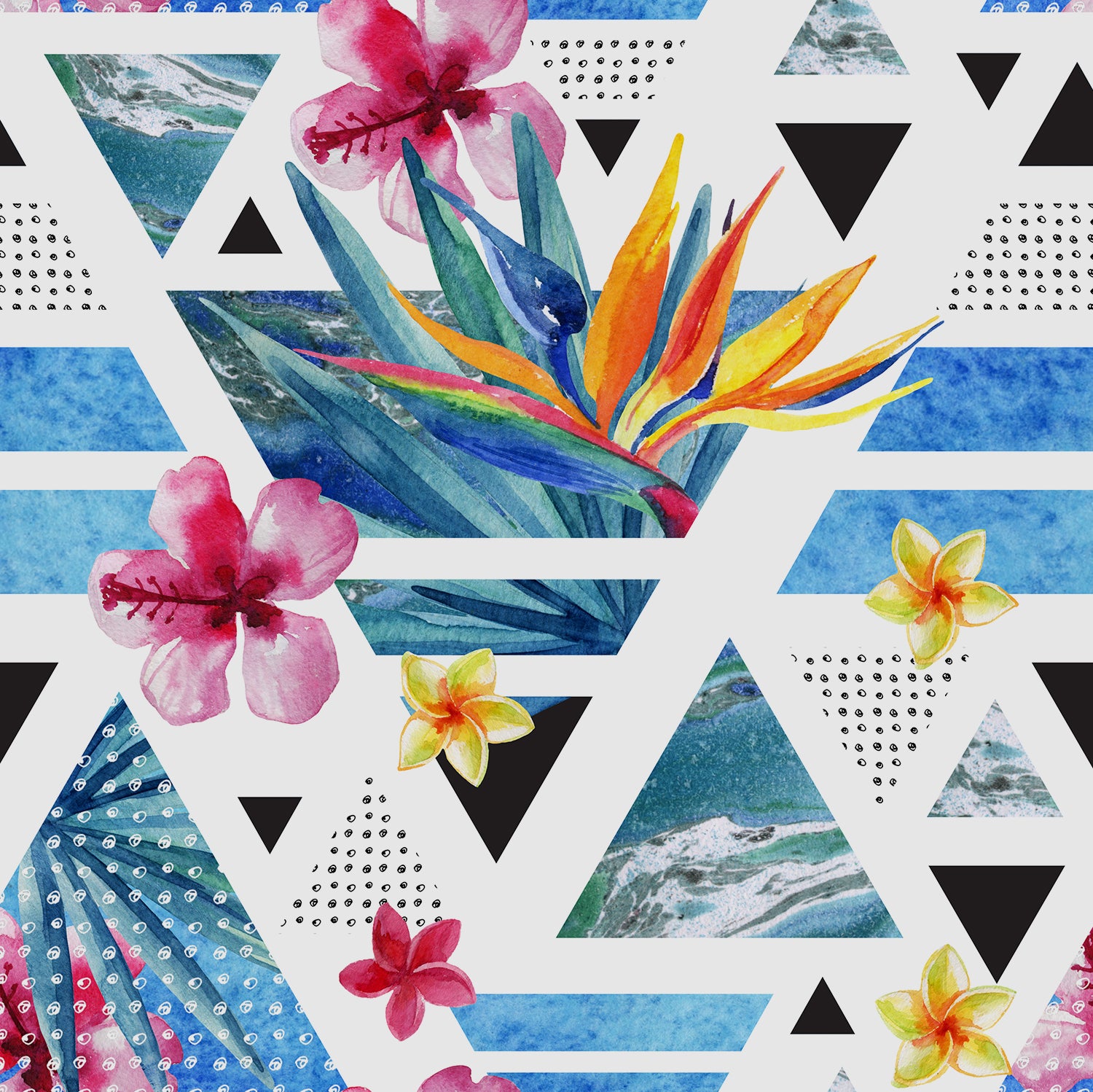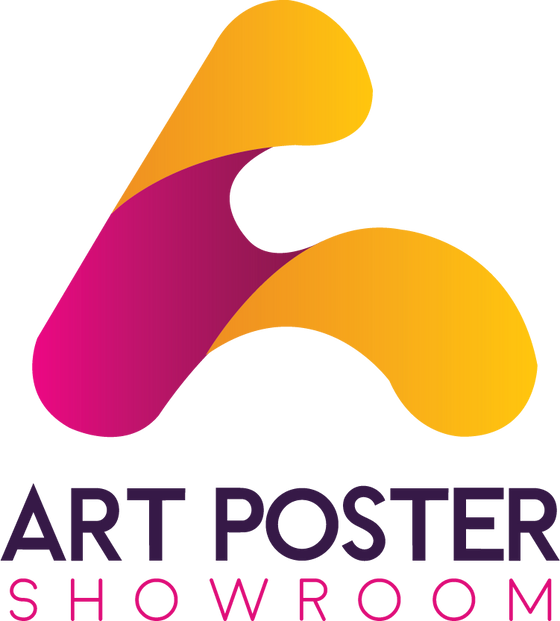Tips for Quality Art Prints

Here at Mindzai Creative, we offer a ton of different ways to print your art. So first and foremost, you need to decide the quality at which you are looking to reproduce your art. For argument sake, let's start at the highest quality printing - Giclee Archival printing. Not only is this specific type of printing technology hugely popular (like crazy popular) it also will change the way you think about printing. It's time to make the move from regular "copy shop" printing to museum-quality stuff. With that said, there are definitely some tips and tricks you should know before submitting your art for print. Let's start at the beginning and talk basics before we dive in headfirst.
What is a Giclee Print?
First things first, it's pronounced zhee-Klay. Phew, okay glad that's out-of-the-way. The actual term "giclee" is a French word "to squirt" or "to spray" referring to the printing process. The image literally goes from high-res scan to printed with archival quality inks and ends up on whichever medium you want, be it canvas, photo-base paper, fine art, etc.
What Makes Giclee Printing Better than Average Printing?
Glad you asked. The specific giclee printing process uses 8 to 12 print head to provide better color accuracy and resolution than other means of reproduction. This allows the print tech to have greater control over contrast and saturation of each hue. There is a wide variety of media that can be printed on but in order for it to be a Giclee, the media has to be 100% cotton acid-free paper that will not deteriorate over time. Once dialed in you can reproduce your original work over and over again without any loss of quality or variance in color because your image will be color matched and digitally archived. How is g*damn cool that? And think about it, your archived photos aren't at risk for deterioration in quality like other workers exposed to the elements. Now, the good stuff...
Step 1. Scanning & Archiving
As we said earlier, you need to scan your art and archive it so that reproduction is a cinch. We recommend that you mail us your original copy. Before you start shouting at your screen, hear us out. We need to have 100% control over the color, adjustments, and color matching. It's pretty crucial in order for you to get the best out of your print. Plus, if you are paying the extra money for giclee archival prints, you might as well do it right...Right?
However, this isn't always ideal for every client. We can absolutely understand that. If you can't part with your beloved original artwork for just a handful of weeks, it might be better option for you to Google "Local Blue Print Company". That way you can be there while they scan your art. Remember to ask them if they can use a "Color Profile Patch" and to scan in RGB format. This is very important for us, in terms of calibrating our printer to the original scan.
As a very last resort, you can take your art to Kinko's, Office Depot, or other Copy Center and ask them to scan at the highest possible quality they have available. It's really not ideal, but hey, we understand if there is a budget involved. Once again, the scan should be 300-600dpi in RGB format.
Step 2. Sizing Your Art
Unfortunately, we were not blessed with the gift of telepathy, and we have no clue how you want your final product sized. So, easy solution: you either need to size your art accordingly or communicate it to us clearly. If you are well-versed in Photoshop or have a friend that is, you can adjust the image size, add borders, and adjust colors. Whatever you need to do. If you don't have access to Photoshop, no worries. We charge a nominal fee, but we'll do it for you. Just let us know what size you want the final print, along with whether you want borders or not. If you do want borders, then specify what color you'd like them and how big you want them (ie: 0.5in / 1in / or 2in).
Step 3. Cleaning That Ish Up!
You'd be surprised how many clients send us scans that have stray pencil and ink marks, uneven borders and other discolorations that really should be cleaned up prior to sending. Similar to Step 2, you or your friend should clean up the scan before sending it along to us. It helps the process run smoother, along with helping your art looking much, much better. If, for some reason, you cannot clean up your scan or you just flat-out don't want to, then we can help. But again, we will have to charge for the time it takes us to do it.
Step 4. Saving Your Art/File Types
We print our archival prints on a 12 color inkjet printer using lightfast pigments and acid-free paper. Each type of paper requires a different printing profile in order to get the best print possible. Your scans should be in RGB format, as we said above, and saved as a 300dpi PDF. This will give us the absolute best quality file to print from. If needed, you can send Tiff or JPEG files, but honestly, the PDF files truly work the best on our equipment. We're just lookin' out.
Step 5. And They're Off! Sending Your Files
Our website allows for a maximum 20mb upload. With that said, the best way to send larger files, which most art scans are, is to use a file transfer website like yousendit.com, wetransfer.com, or the infamous dropbox.com. You can even use google docs if you're feeling frisky. All of these are service is free! All they require is that you to make an account in order to attach the files and send them via email.
So, there you have it. Now you're ready to giclee print your life away. We're ready and waiting for your first batch of art. Good luck, stay tuned, and we'll see you on the flip side.




